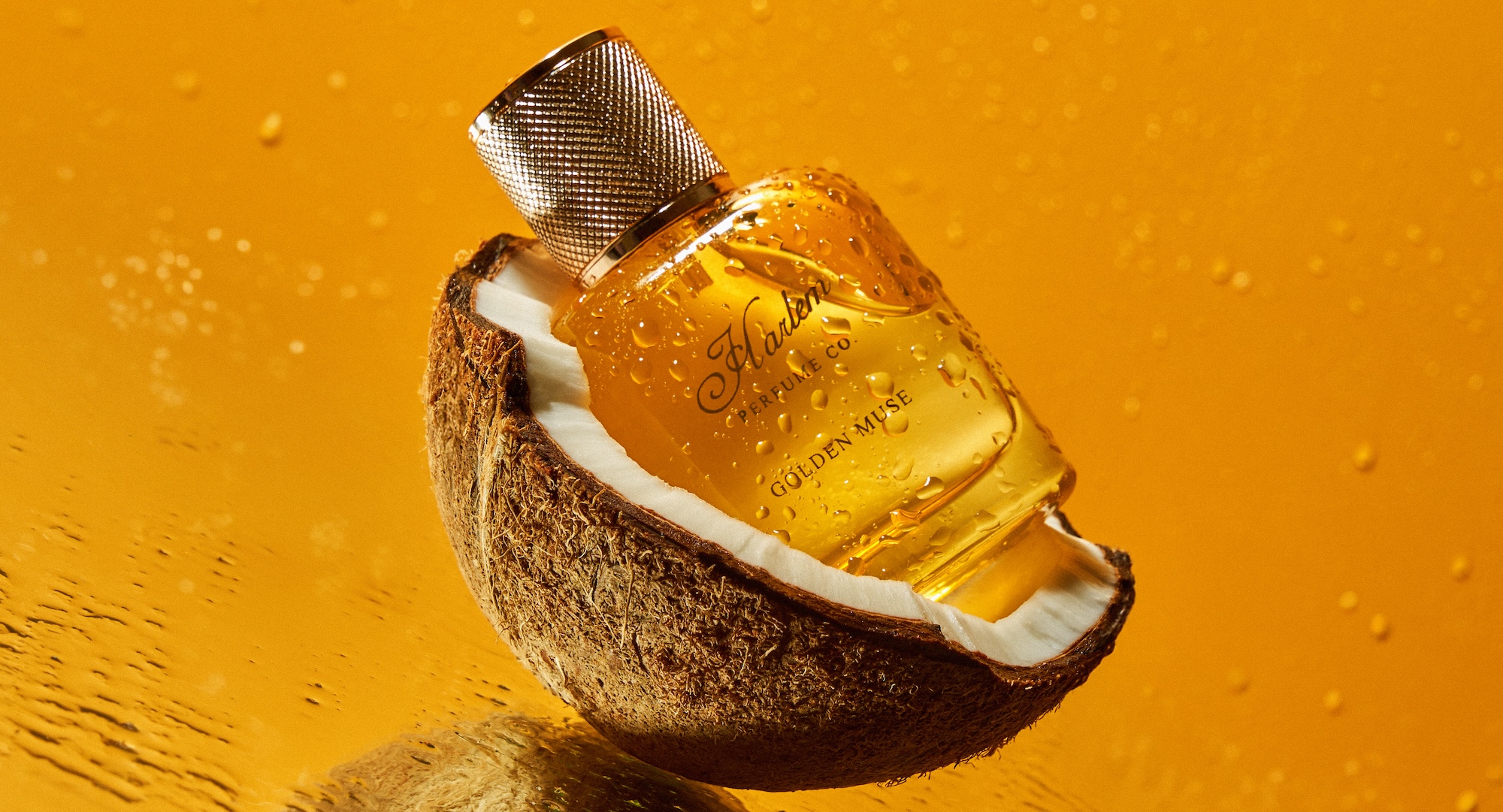Max Mara 2026 Resort Collection: Venere Vesuviana
Resort 2026 Credits: Max Mara 1951, the year Max Mara was founded and Ruth Orkin shot ‘American Girl in Italy’. Back then, a woman proud, insouciant and unaccompanied, was a noteworthy sight on the sidewalks of Florence, Rome, Naples or any other Italian city. 75 years later, she’s come a long way and Max Mara has been close by her side at every step. 1951 was right in the middle of Italy’s spectacular post-war recovery; Achille Maramotti knew which way the wind was blowing when he said he wanted to dress the ‘wives of the local doctors and lawyers’. He knew that they were the ones who would lead global change. In Rome, the couturiers vied for the attention of contessas and princesses; in Reggio Emilia, Maramotti got on with the task of making smart, useful, and just about afordable clothes for the increasingly prosperous new cadre. The stereotypically sultry sirens of the sexually charged South and the thrifty matriarchs of the industrious North may look like polar opposites but they were driven by the same ideal; ‘bella figura’. Italians wowed the world; whatever they were doing, they did it better, and they looked better. At world-changing summits or hanging out at youthful beach parties, they did it with the characteristic mix of unencumbered elegance and sex-bomb sizzle that came to be recognised as Italian style. Resort 2026 Credits: Max Mara Resort 2026 Credits: Max Mara Italian cinema spread the style. De Filippo’s ‘Napoli Milionaria’, De Sica’s ‘L’Oro di Napoli’ and De Santis’s ‘Riso Amaro’ describe the indomitable verve of the Italian women. Silvana Mangano, Sophia Loren; Naples 1951 evokes a voluptuous, smouldering, hip-swinging beauty and a dapper, dandyish scugnizzo. Enter E. Marinella, whose exquisite ties are a symbol of elegance. Max Mara’s collaboration with E. Marinella introduces a series of cravatte print designs that were created in 1951. Find them on silk pyjamas that are too good to wear in bed, and embroidered giant size on cashmere sweaters. The modern chiattillo - a style-conscious, slightly vain Neapolitan dandy - also wears candy stripe shirts in pink and blue with crisp white collars and cufs, rakishly tilted fedoras and jackets with a lighter construction learned from the sarto napoletano. By way of a contrast are audaciously rolled up shorts like the ones Mangano made famous in ‘Riso Amaro’, full circle skirts with protruding lozenge shaped pockets, tops with portrait collars, matching strapless bras and slip dresses. Resort 2026 Credits: Max Mara The collection features canonic coats that cannot be dated; belted, shawl collared, funnel-necked or fringed; they are truly timeless. As day moves seamlessly into night there are strapless gowns in dense panno dripping with crystals, featuring boned internal structures in silk gauze that peep out of the décolleté. Their simple drama is quintessentially Italian; predicated on looking good and feeling strong, it’s no wonder that Max Mara swept the globe. Resort 2026 Credits: Max Mara Resort 2026 Credits: Max Mara The looks are finished with new iterations of the iconic Whitney Bag and delicately refined silk scarves. Four new exclusive models of the Whitney Bag and five timeless scarves will be available starting June 18th at maxmara.com. Italy’s silent giant will show at one of Italy’s great wonders. La Reggia di Caserta is a baroque masterpiece. Down the theatrical cascading marble stairs, Max Mara will reveal a collection dedicated to Partenope’s pride, passion and empowerment. Viva Venere Vesuviana!
1951, the year Max Mara was founded and Ruth Orkin shot ‘American Girl in Italy’. Back then, a woman proud, insouciant and unaccompanied, was a noteworthy sight on the sidewalks of Florence, Rome, Naples or any other Italian city. 75 years later, she’s come a long way and Max Mara has been close by her side at every step.
1951 was right in the middle of Italy’s spectacular post-war recovery; Achille Maramotti knew which way the wind was blowing when he said he wanted to dress the ‘wives of the local doctors and lawyers’. He knew that they were the ones who would lead global change. In Rome, the couturiers vied for the attention of contessas and princesses; in Reggio Emilia, Maramotti got on with the task of making smart, useful, and just about afordable clothes for the increasingly prosperous new cadre.
The stereotypically sultry sirens of the sexually charged South and the thrifty matriarchs of the industrious North may look
like polar opposites but they were driven by the same ideal; ‘bella figura’. Italians wowed the world; whatever they were doing,
they did it better, and they looked better. At world-changing summits or hanging out at youthful beach parties, they did it with
the characteristic mix of unencumbered elegance and sex-bomb sizzle that came to be recognised as Italian style.
Italian cinema spread the style. De Filippo’s ‘Napoli Milionaria’, De Sica’s ‘L’Oro di Napoli’ and De Santis’s ‘Riso Amaro’ describe the indomitable verve of the Italian women. Silvana Mangano, Sophia Loren; Naples 1951 evokes a voluptuous, smouldering, hip-swinging beauty and a dapper, dandyish scugnizzo. Enter E. Marinella, whose exquisite ties are a symbol of elegance. Max Mara’s collaboration with E. Marinella introduces a series of cravatte print designs that were created in 1951. Find them on silk pyjamas that are too good to wear in bed, and embroidered giant size on cashmere sweaters.
The modern chiattillo - a style-conscious, slightly vain Neapolitan dandy - also wears candy stripe shirts in pink and blue with crisp white collars and
cufs, rakishly tilted fedoras and jackets with a lighter construction learned from the sarto napoletano. By way of a contrast are
audaciously rolled up shorts like the ones Mangano made famous in ‘Riso Amaro’, full circle skirts with protruding lozenge
shaped pockets, tops with portrait collars, matching strapless bras and slip dresses.
The collection features canonic coats that cannot be dated; belted, shawl collared, funnel-necked or fringed; they are truly
timeless. As day moves seamlessly into night there are strapless gowns in dense panno dripping with crystals, featuring boned
internal structures in silk gauze that peep out of the décolleté. Their simple drama is quintessentially Italian; predicated on
looking good and feeling strong, it’s no wonder that Max Mara swept the globe.
The looks are finished with new iterations of the iconic Whitney Bag and delicately refined silk scarves. Four new exclusive models of the Whitney Bag and five timeless scarves will be available starting June 18th at maxmara.com.
Italy’s silent giant will show at one of Italy’s great wonders. La Reggia di Caserta is a baroque masterpiece. Down the theatrical cascading marble stairs, Max Mara will reveal a collection dedicated to Partenope’s pride, passion and empowerment. Viva Venere Vesuviana!
























































































![Four big takeaways to wrap up the Paris Air Show [Video]](https://breakingdefense.com/wp-content/uploads/sites/3/2023/06/FCAS-scaled-e1685718848105.jpg?#)
![The sights of Paris Air Show, one last time: Day 4 [Photos]](https://breakingdefense.com/wp-content/uploads/sites/3/2025/06/20250617-helenedelacoste-Paris-Air-Show-037-scaled-e1750357690820.jpg?#)






















































